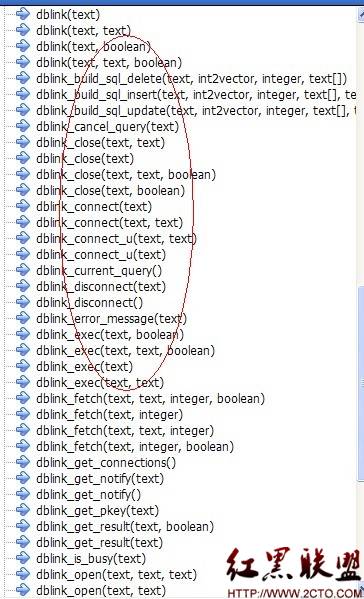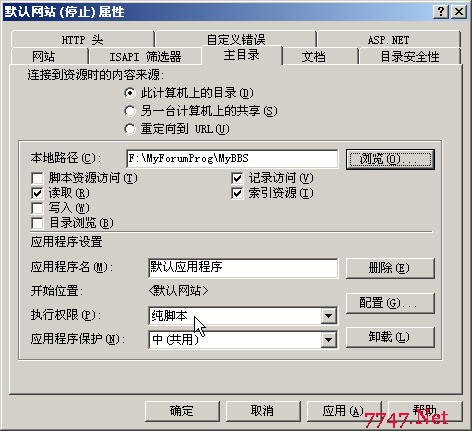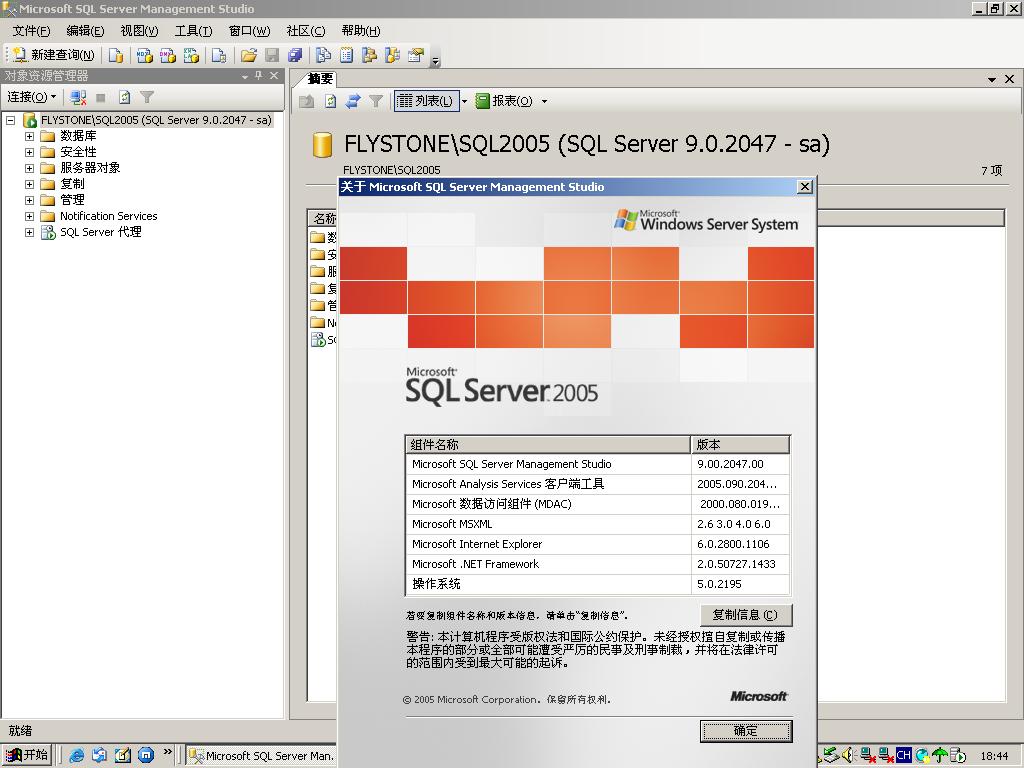Working with Dates in PL/SQL(PL/SQL中使用日期)
The previous articles in this introductory PL/SQL series focused on working with strings and numbers in PL/SQL-based applications. Without a doubt, strings and numbers are important, but it is certainly a very rare application that does not also rely on dates. You need to keep track of when events occurred, when people were born, and much more.
As a result, you will quite often need to
Declare variables and constants for dates
Use built-in functions to display and modify date values
Perform computations on dates
A date is also a considerably more complex datatype than a string or a number. It has multiple parts (year, month, day, hour, and so on), and there are many rules about what constitutes a valid date. This article gives you all the information you need in order to begin working with dates in your PL/SQL programs.
Dates, Time Stamps, and Intervals in PL/SQL
Most applications require the storage and manipulation of dates and times. Unlike strings and numbers, dates are quite complicated: not only are they highly formatted data, but there are also many rules for determining valid values and valid calculations (leap days and years, daylight saving time changes, national and company holidays, date ranges, and so on).
Fortunately, Oracle Database and PL/SQL provide a set of true date and time datatypes that store both date and time information in a standard internal format, and they also have an extensive set of built-in functions for manipulating the date and time.
There are three datatypes you can use to work with dates and times:
DATE—This datatype stores a date and a time, resolved to the second. It does not include the time zone. DATE is the oldest and most commonly used datatype for working with dates in Oracle applications.
TIMESTAMP—Time stamps are similar to dates, but with these two key distinctions: (1) you can store and manipulate times resolved to the nearest billionth of a second (9 decimal places of precision), and (2) you can associate a time zone with a time stamp, and Oracle Database will take that time zone into account when manipulating the time stamp.
INTERVAL—Whereas DATE and TIMESTAMP record a specific point in time, INTERVAL records and computes a time duration. You can specify an interval in terms of years and months, or days and seconds.
Listing 1 includes example variables whose declaration is based on these datatypes.
Code Listing 1: Declaring DATE, TIMESTAMP, and INTERVAL variables
DECLARE
l_today_date DATE := SYSDATE;
l_today_timestamp TIMESTAMP := SYSTIMESTAMP;
l_today_timetzone TIMESTAMP WITH TIME ZONE := SYSTIMESTAMP;
l_interval1 INTERVAL YEAR (4) TO MONTH := '2011-11';
l_interval2 INTERVAL DAY (2) TO SECOND := '15 00:30:44';
BEGIN
null;
END;
Working with intervals and time stamps with time zones can be very complicated; relatively few developers will need these more advanced features. This article focuses on the core DATE and TIMESTAMP types, along with the most commonly used built-in functions.
Choosing a datatype. With such an abundance of riches, how do you decide which of these date-and-time datatypes to use? Here are some guidelines:
Use one of the TIMESTAMP types if you need to track time down to a fraction of a second.
You can, in general, use TIMESTAMP in place of DATE. A time stamp that does not contain subsecond precision takes up 7 bytes of storage, just as a DATE datatype does. When your time stamp does contain subsecond data, it takes up 11 bytes of storage.
Use TIMESTAMP WITH TIME ZONE if you need to keep track of the session time zone in which the data was entered.
Use TIMESTAMP WITH LOCAL TIME ZONE if you want the database to automatically convert a time between the database and session time zones.
Use DATE when it’s necessary to maintain compatibility with an existing application written before any of the TIMESTAMP datatypes were introduced.
Use datatypes in your PL/SQL code that correspond to, or are at least compatible with, the underlying database tables. Think twice, for example, before reading a TIMESTAMP value from a table into a DATE variable, because you might lose information (in this case, the fractional seconds and perhaps the time zone).
Getting the current date and time. PL/SQL developers often need to retrieve and work with the current date and time. Most developers use the classic SYSDATE function, but Oracle Database now offers several functions to provide variations of this information, as shown in Table 1.
Function Time Zone Datatype Returned
CURRENT_DATE Session DATE
CURRENT_TIMESTAMP Session TIMESTAMP WITH TIME ZONE
LOCALTIMESTAMP Session TIMESTAMP
SYSDATE Database server DATE
SYSTIMESTAMP Database server TIMESTAMP WITH TIME ZONE
Table 1: SYSDATE and other options for working with the current date and time
Listing 2 displays the values returned by calls to SYSDATE and SYSTIMESTAMP.
Code Listing 2: Calls to SYSDATE and SYSTIMESTAMP and the returned values
BEGIN
DBMS_OUTPUT.put_line (SYSDATE);
DBMS_OUTPUT.put_line (SYSTIMESTAMP);
DBMS_OUTPUT.put_line (SYSDATE - SYSTIMESTAMP);
END;
/
Here is the output:
07-AUG-11
07-AUG-11 08.46.16.379000000 AM -05:00
-000000000 00:00:00.379000000
Because I have passed dates and time stamps to DBMS_OUTPUT.PUT_LINE, Oracle Database implicitly converts them to strings, using the default format masks for the database or the session (as specified by the National Language Settings NLS_DATE_FORMAT parameter). A default installation of Oracle Database sets the default DATE format to DD-MON-YYYY. The default TIMESTAMP format includes both the date offset and the time zone offset.
Note that it is possible to perform date arithmetic: I subtract the value returned by SYSTIMESTAMP from the value returned by SYSDATE. The result is an interval that is very close (but not quite equal) to zero.
Converting dates to strings and strings to dates. As with TO_CHAR for numbers, you use another version of the TO_CHAR function to convert a date or a time stamp to a string. And, again as with numbers, Oracle Database offers a large set of format elements to help you tweak that string so it appears exactly as you need it. Here are some examples:
Use TO_CHAR without a format mask. If you do not include a format mask, the string returned by TO_CHAR will be the same as that returned when Oracle Database performs an implicit conversion:
BEGIN
DBMS_OUTPUT.put_line (
TO_CHAR (SYSDATE));
DBMS_OUTPUT.put_line (
TO_CHAR (SYSTIMESTAMP));
END;
/
07-AUG-11
07-AUG-11 08.55.00.470000000 AM -05:00
Use TO_CHAR to display the full names of both the day and the month in the date:
BEGIN
DBMS_OUTPUT.put_line (
TO_CHAR (SYSDATE,&nb





